Charlotte Fire Enhances Statewide USAR Response with Expert Skills
Published on December 09, 2024
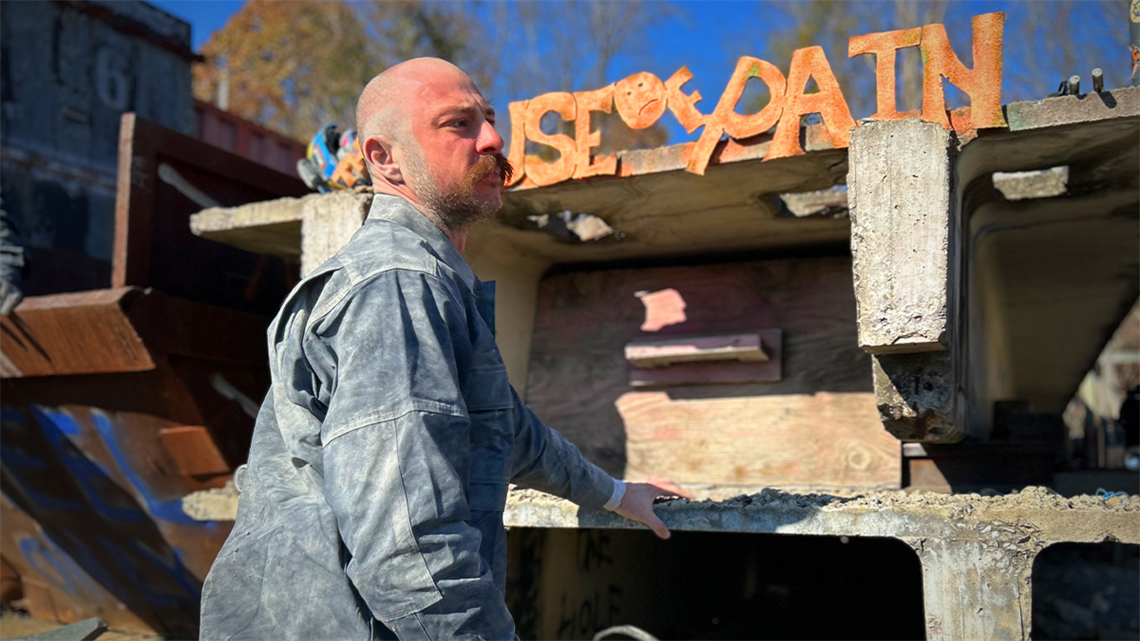
David Morgan from New Hanover Fire and Rescue tackles complex scenarios during the intense training program. Participants like Morgan gain practical experience that prepares them for emergencies across the state.
By Kevin Campbell, Charlotte Fire
Charlotte Fire’s Training Academy recently served as the epicenter of expertise and hands-on learning during the annual North Carolina Urban Search and Rescue (USAR) Structural Collapse Technician Course. Conducted by Charlotte Fire, the largest fire department in the region, the training highlighted the department’s experienced instructors and longstanding commitment to excellence.
The program, which began in the early 2000s following the events of 9/11, focuses on preparing firefighters to respond to structural collapse scenarios. Charlotte Fire Captain Bradley Fulk explained the history and importance of the training.

Aerial views of the training site reveal the complexity of the scenarios, designed to test every participant’s skills. These controlled environments prepare firefighters for unpredictable real-world conditions.
“This program started after 9/11, with significant funding and support from our command staff, the mayor, and city council to ensure we were prepared for large-scale events like those seen that day,” Fulk said. “It has since grown to serve firefighters from across the state.”
Diverse Training Scenarios to Build Critical Skills
The USAR Structural Collapse Technician Course includes a variety of scenarios that mimic real-world challenges. These scenarios range from heavy lifting and moving to metal cutting, concrete breaching, and shoring, each designed to simulate obstacles faced during structural collapses.

Participants combine teamwork and precision to stabilize and lift concrete slabs during the structural collapse training. This exercise emphasizes critical rescue skills necessary for saving lives in hazardous conditions.
“We cover everything from heavy lifting to creating safe entry points into unstable structures,” said Fulk. “The goal is to ensure our members can find victims, secure voids, and prevent further damage to structures.”
The course spans 10 days, with participants immersed in rigorous hands-on training. The first two days consist of classroom lectures, followed by six days of intensive field exercises. The training concludes with a comprehensive final scenario, testing the skills participants have developed.
A Legacy of Excellence in Instruction
The program draws on the expertise of Charlotte Fire instructors, many of whom are veterans in special operations. The course is a requirement for firefighters assigned to Charlotte’s rescue and hazmat teams, ensuring a high standard of preparedness within the department.
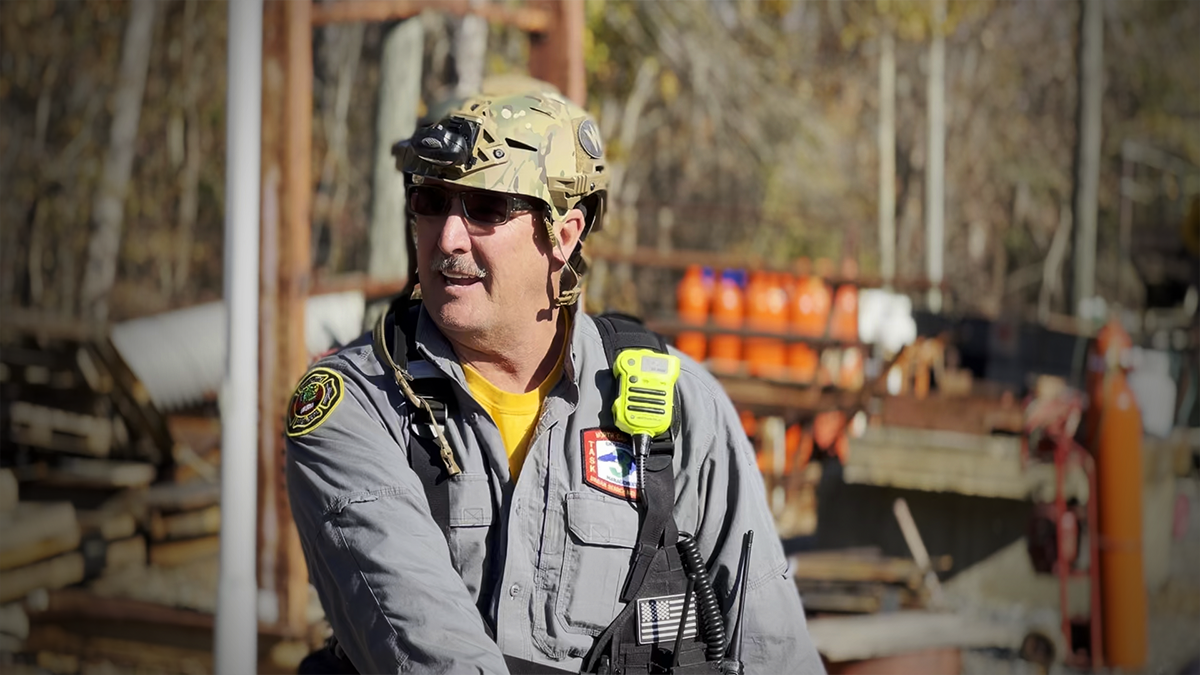
Captain Jerry Rodgers, a founding member of the training team, brings decades of expertise to the field. His leadership continues to shape the next generation of firefighters participating in the rigorous USAR program.
Captain Fulk noted the pride Charlotte Fire takes in hosting the course and the experience of its instructors. “Every instructor here is a current operations member of Charlotte Fire,” he said. “Many have been part of this program since its inception, and they bring a wealth of knowledge to every training session.”
Charlotte Fire’s legacy of training excellence stems from the dedication and foresight of the department’s early leaders, who laid the groundwork for the program. Their efforts to establish robust training infrastructure and gather knowledge from across the country have left a lasting impact on both the department and the broader firefighting community.
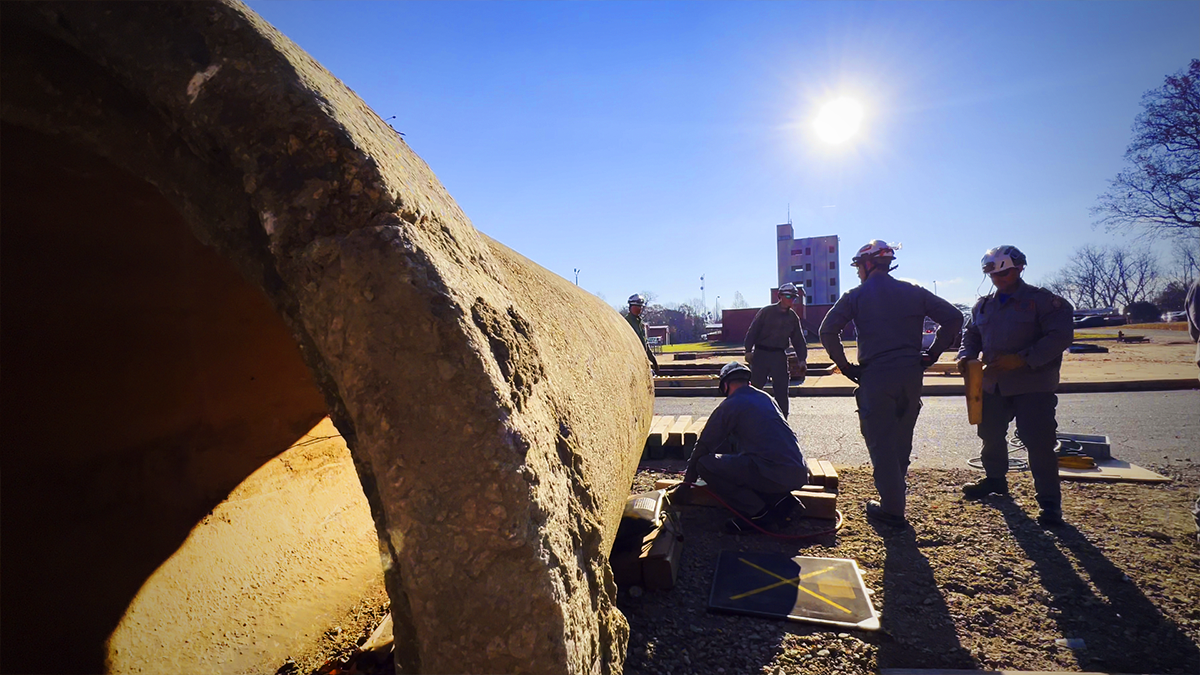
USAR trainees work under the watchful eye of Charlotte Fire instructors as they practice heavy lifting and moving techniques. These hands-on scenarios are designed to simulate real-world structural collapse challenges.
Charlotte Fire Chief Reginald Johnson emphasized the importance of the training and its impact on both the department and the region. “This program reflects Charlotte Fire’s commitment to being leaders in public safety,” Johnson said. “By sharing our knowledge and skills with firefighters from across the state, we’re building a stronger, more resilient emergency response network.”
Preparing a New Generation of Firefighters
The course is particularly vital as the fire service continues to adapt to a younger workforce. Many new firefighters lack experience with manual labor or power tools, requiring additional training to build foundational skills.
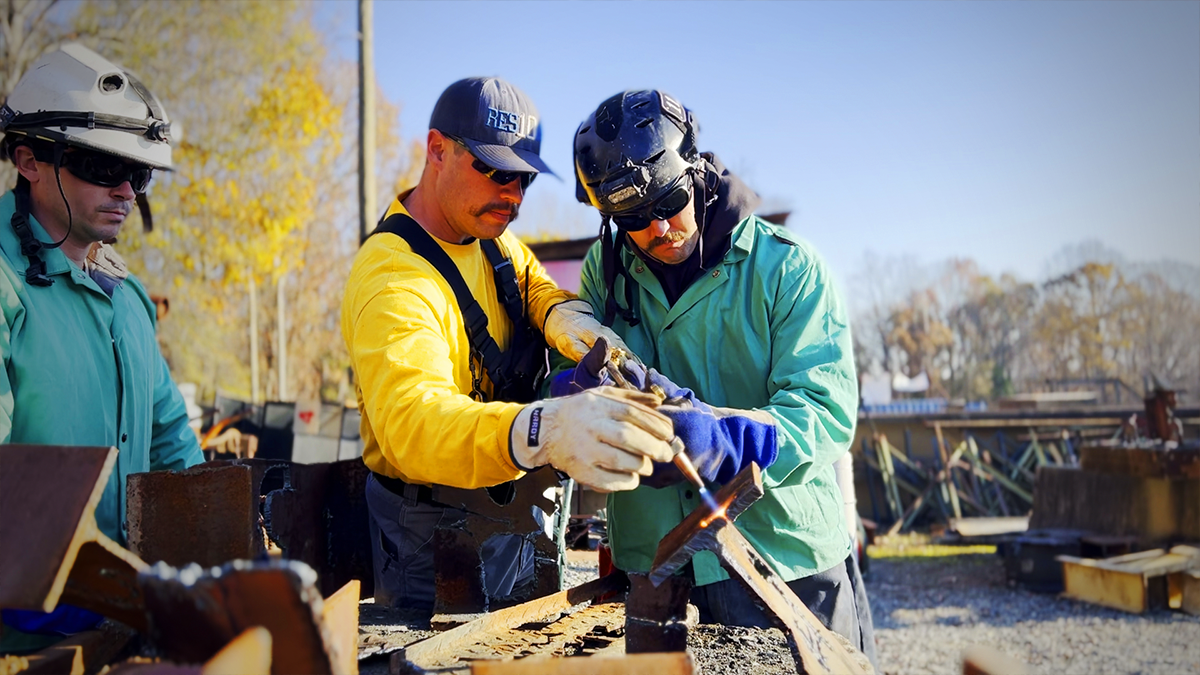
Firefighter Bradley Blackmon demonstrates precision metal cutting as part of the advanced USAR course. This essential skill prepares responders to navigate through collapsed debris and reach survivors.
“It’s no secret that generations have changed,” Fulk said. “We’re teaching newer members basic functions and tool usage they may not have encountered before joining the fire service.”
Through the training, participants gain critical skills to take back to their respective departments. These skills not only enhance individual readiness but also bolster statewide response capabilities during disasters, such as hurricanes and other large-scale emergencies.
Building Statewide Resilience
The program’s reach extends beyond Charlotte, with firefighters from across North Carolina participating. Seven USAR teams from across the state are allotted slots in the course, ensuring an equitable distribution of training opportunities. Remaining slots are distributed to departments with the greatest need.

A carefully constructed scenario challenges trainees to think critically about stabilizing unstable structures. These exercises mirror real-world conditions to prepare firefighters for high-risk rescues.
“Our hope is that participants leave with a skill set they didn’t have before,” Fulk said. “They can then share that knowledge with their teams, ensuring readiness across the state.”
As the training wrapped up, participants left the Charlotte Fire Training Academy equipped with the tools and confidence to face the challenges of structural collapse rescue. For Charlotte Fire, the course reinforces its leadership role in shaping the future of firefighting and emergency response.

Firefighters carefully maneuver concrete and steel elements, refining their skills in stabilization and rescue operations. This part of the training ensures readiness for high-risk scenarios encountered in real emergencies.
A Commitment to Excellence
The USAR Structural Collapse Technician Course exemplifies Charlotte Fire’s dedication to safety, training, and community. By hosting this annual program, Charlotte Fire not only strengthens its own department but also enhances the resilience of North Carolina’s emergency response network.
“Charlotte Fire has always been at the forefront of innovation and training,” Johnson said. “This course reflects our commitment to preparing firefighters to save lives and protect our communities, no matter the challenge.”
With its rich history, skilled instructors, and unwavering dedication to excellence, Charlotte Fire continues to set the standard for fire service training in the region and beyond.
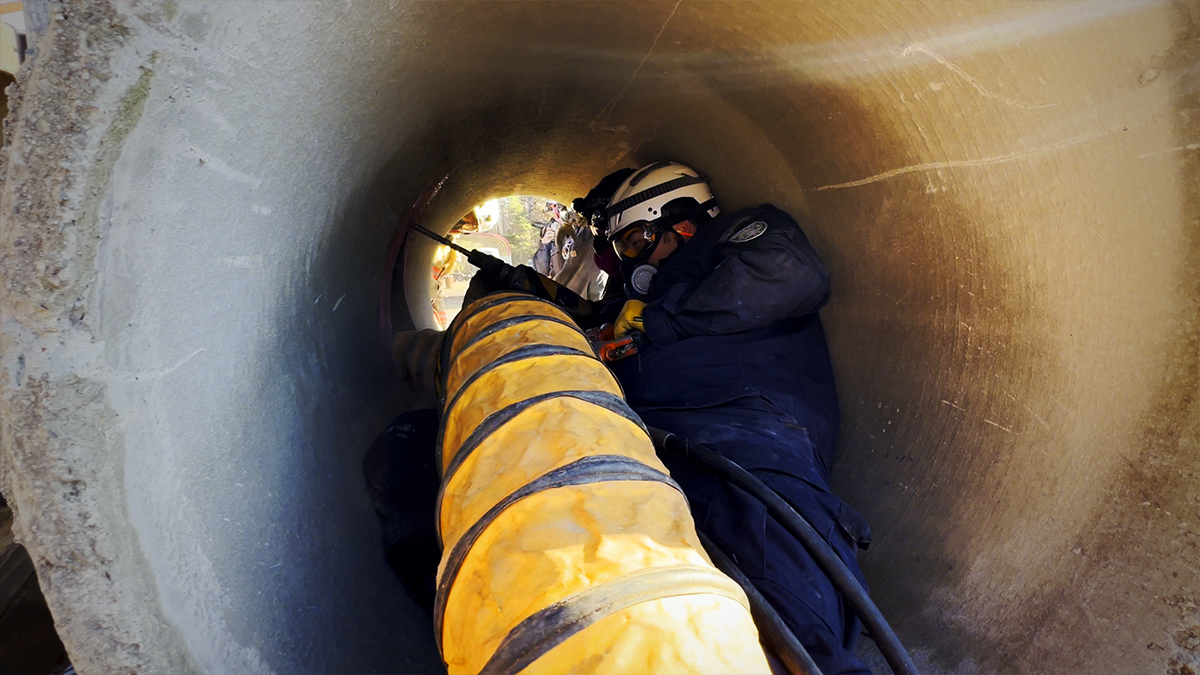
Firefighters maneuver through a confined space, simulating a real-world rescue scenario. The training builds essential skills for navigating collapsed structures to reach trapped victims.